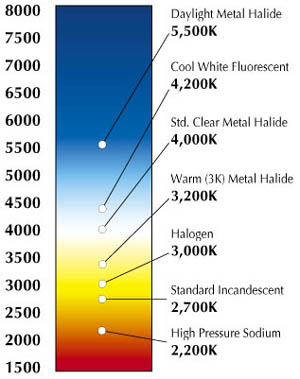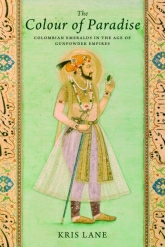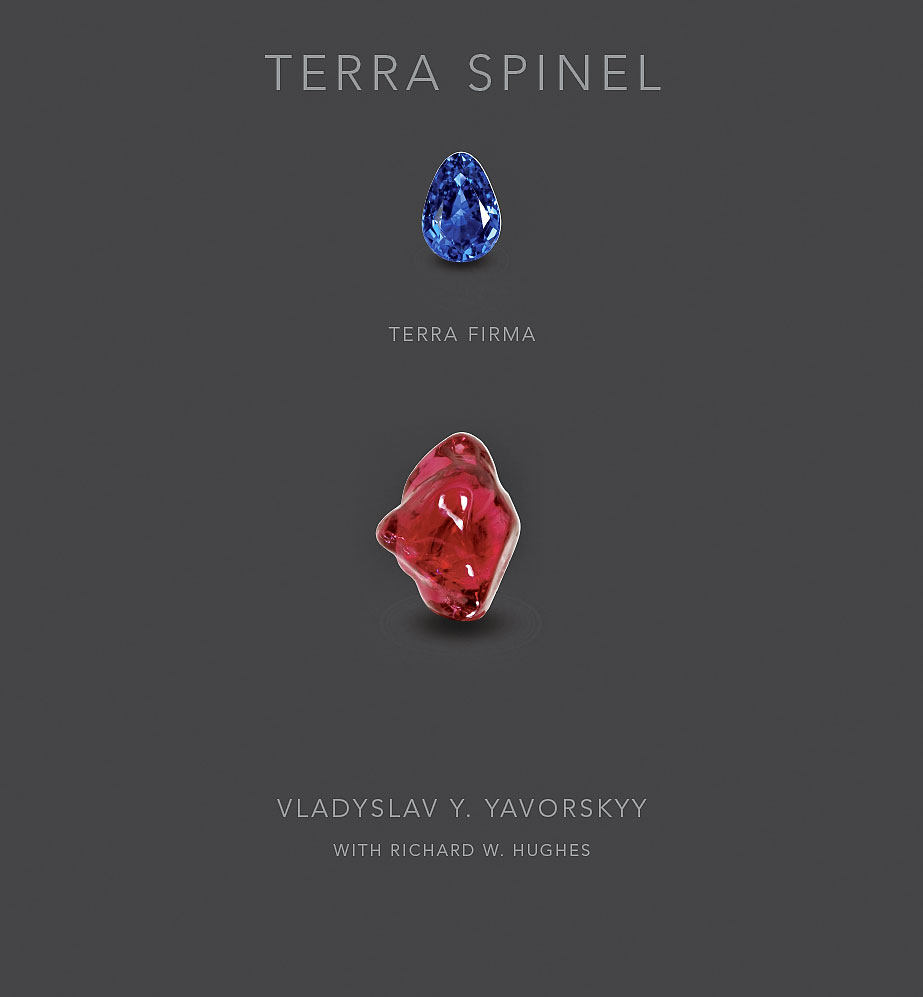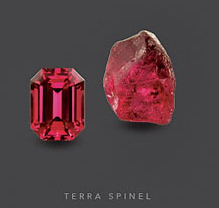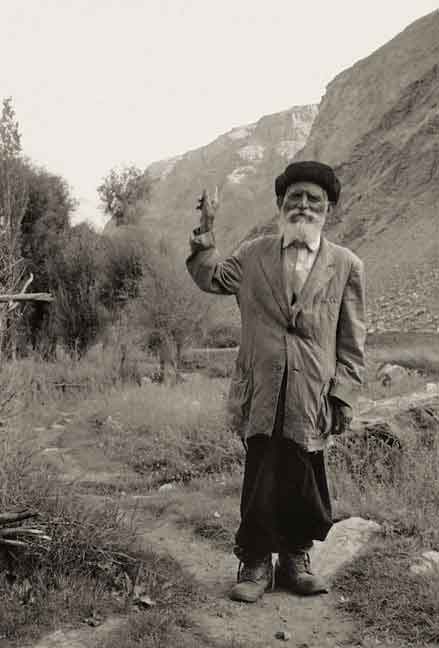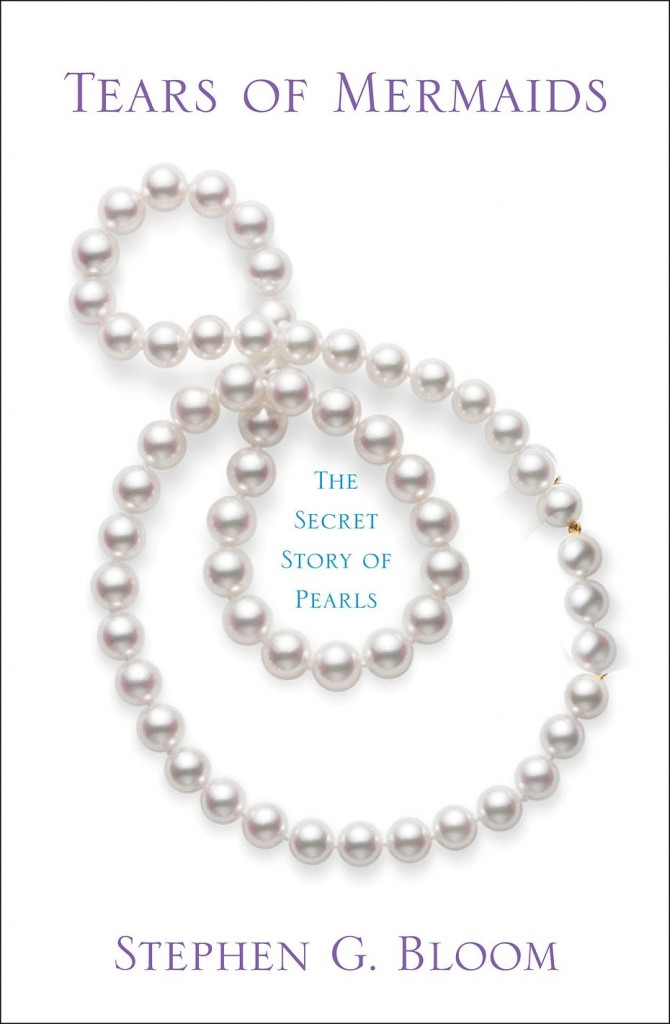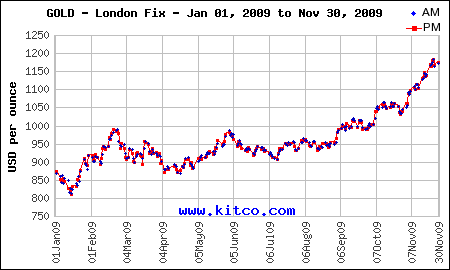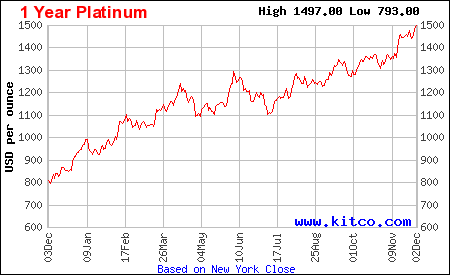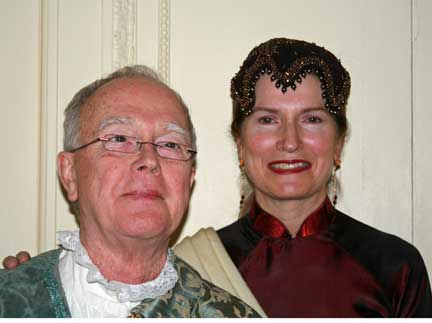Jean Baptiste Tavernier, A Life: 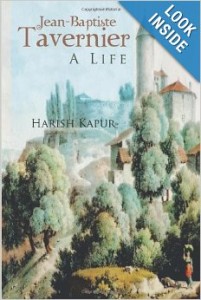
Harish Kapur’s reasonably well written short biography of Jean Baptiste Tavernier, the 17th Century gem dealer who the Hope Diamond has quite a bit to recommend it. He covers the important parts of Tavernier’s life, travels and writing. I am particularly taken by his ability to extract from the minutia of Tavernier’s long life, some of the more salient points.
Unfortunately, the narrative is marred by a number of factual errors. The most egregious, perhaps resulting from an injudicious use of MSWord’s find/replace shortcut the word “diamond” in the last two thirds of the manuscript has been replaced by “pearl.” For the uninformed reader, this results in a number of misstatements about Tavernier’s objectives and focus as well as a several absurd statements concerning the “mining” of pearls and the “pearl mines” of India. A photo of a drawing from Tavernier’s Six Voyages, of a diamond that became known as The Mirror of Portugal is ludicrisly mis-labeled “The Sara Pearl.”
The author also somehow misquotes Tavernier’s assertion that he traveled 60,000 leagues which becomes 600,000 leagues. At three miles to the league that leads to the ridiculous assertion that Tavernier traveled not 180,000 (an amazing accomplishment in the 17th Century) but 1.8 million miles, which would have required 72 circumnavigations of the earth.
Kapur also quotes an unfortunate statement made by New York Times reporter Guy Trebay (1/6/10) suggesting that Tavernier may have been involved in the acquisition of the Wittelesbach-Graff Diamond. Though the diamond is first mentioned in 1677, while Tavernier was STILL in India completing his sixth and final voyage, there is absolutely no documentation supporting this theory. Tavernier did mention several gems he successfully acquired and though he does not actually mention the 116 carat Tavernier Blue, the gem that eventually became the Hope, he did include a drawing of it in his book, The Six Voyages.
On the plus side, the book includes several appendices containing documents never before available to the English speaking reader and his research raises a number of intriguing theories regarding Tavernier’s motivations, travels, life and death. Unfortunately, his sloppy copy editing may lead frustrated readers to disregard most of the author’s conclusions.
Last, and certainly not least, in the bibliography, which includes my partly fictionalized biography of Tavernier, The French Blue, the author confuses me with someone named Robert.
Ruby & Sapphire, A Collector's Guide
In this general reference which can be looked upon as an update and supplement to his classic Ruby and Sapphire, Hughes, as usual, offers a uniquely personal insight into the world of corundum.
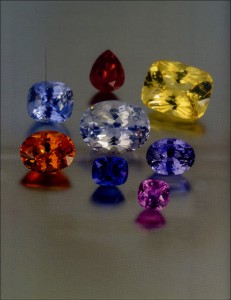 His ability to blendup to date information with arcane references is a delight. This volume together with his previous opus make the best general reference on ruby & sapphire published to date though I do wish Hughes had come up with a title that was not so similar to his first book.
His ability to blendup to date information with arcane references is a delight. This volume together with his previous opus make the best general reference on ruby & sapphire published to date though I do wish Hughes had come up with a title that was not so similar to his first book.
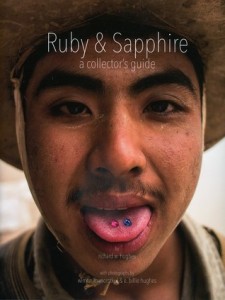
As a bibliophile, I was particularly taken by his section on books and gem libraries. Despite the fact that I have written and read extensively in the field and own a voluminous library, Hughes always seems to come up with obscure sources which send me scrambling back to that library to search for the odd passage and just as often to online sellers of rare books.
The photography appears to be a Hughes family project with contributions from his wife Wimon Manorotkul and his daughter E. Billie Hughes. They are a truly formidable trio. The images are uniformly beautifully composed, at times dramatic and always provacative.
Never dry, Hughes offers a lively, if somewhat self-conscious and definitely idiosycratic narrative that is rarely off-putting and never dull.
If you missed the first volume here is an opportunity and if you didn't this book will complete the set. Ruby & Sapphire, The Collector's Guide, published by The Gemmological Institute of Thailand (GIT), is not readily available in the U. S. Still, given its quality and the limited print run and the money saved by direct marketing, it is well worth paying the high shipping costs to get the book sent directly from the author.
Terra Garnet:
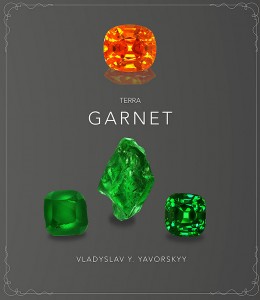 To round out the year's splendid offerings, Vladislav Yavvorskky has brought forth his second book in his Terra series, Terra Garnet. Like its predecessor, Terra Spinel (now out of print), this georgeous volume is sumptuously produced with fabulous images of some of the finest garnets on earth.
To round out the year's splendid offerings, Vladislav Yavvorskky has brought forth his second book in his Terra series, Terra Garnet. Like its predecessor, Terra Spinel (now out of print), this georgeous volume is sumptuously produced with fabulous images of some of the finest garnets on earth.
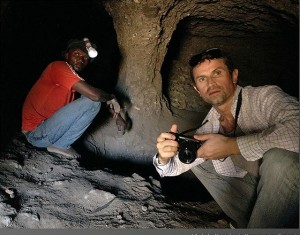
Vladislav Yavorskky
Yavorskky is a talented photographer and Terra Garnet puts this talent on display. His photographs of gem mining and producing areas capture the essence of these often remote areas and will give the reader a real taste of the hard life of those who seek out precious gems.
In these photographs, taken over twenty years, Yavorskky often juxtaposes the cut stone against the original rough material, visually initiating the reader in the awe inspiring metamorphosis that takes place as these beaufiful products of nature are transformed by the hand of man. In the past decade, color printing technology has taken a great leap forward and this book showcases the best of it.
One caveat: I have been adminring Vlad Yavorskky's gemstones for many years and though they are beautiful in person, many of these shots appear overproduced and likely to establish an unrealistic paradigm in the mind of the unintiated consumer.
Like Hughes' book, Terra Garnet is not available through standard channels. This turns out to be a good thing, The book is so beautifully and expensively produced that its price would be substantially more if it was. The reader as advised to act quickly. Terra Garnet is available direct from the publisher

